The 937-HP Aston Martin Valhalla is James Bond’s Latest Wild Ride
007 will drive the hellacious hypercar in “No Time to Die”—get a closer look at it here.
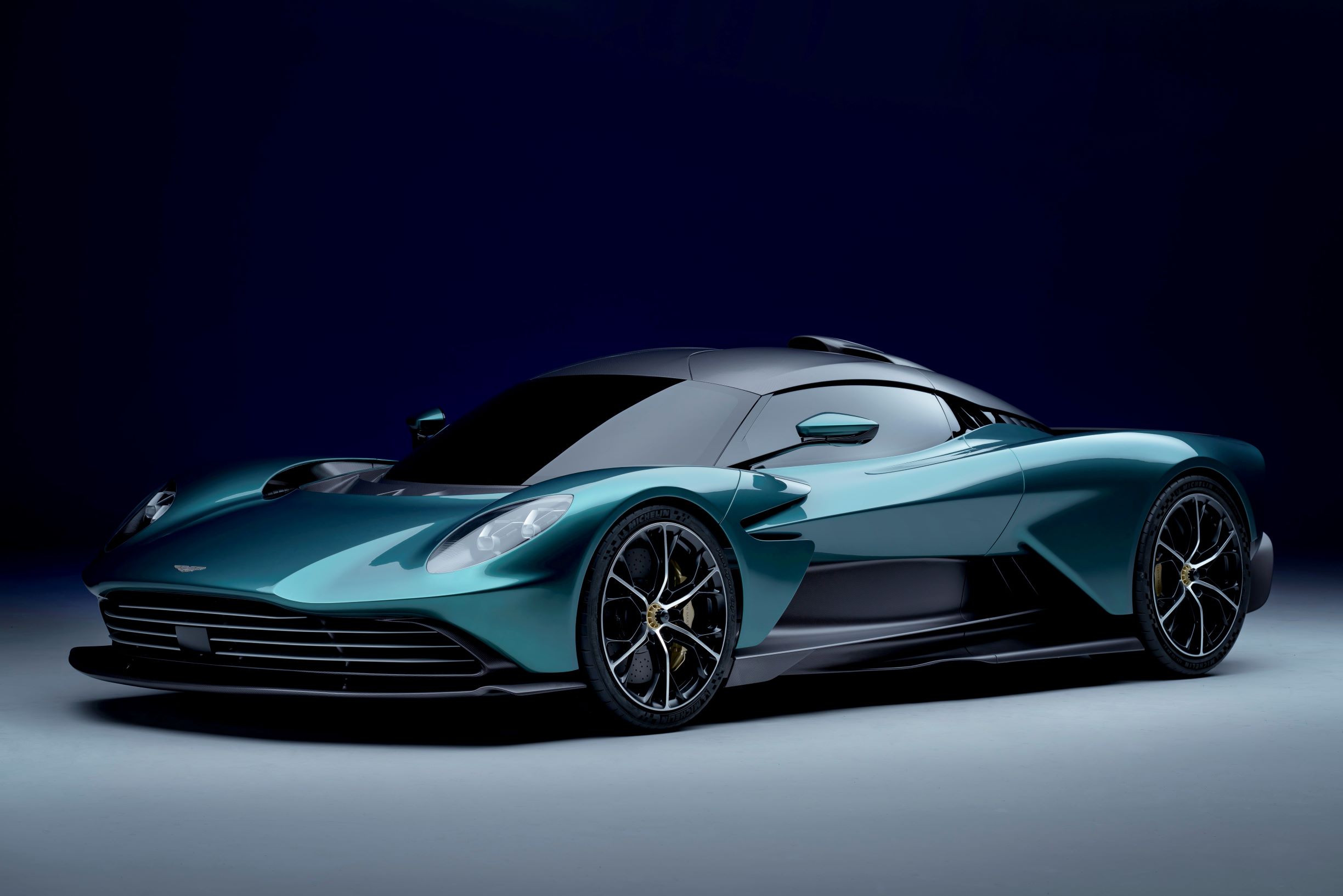
News first broke in 2019 that Daniel Craig would attempt to tame the brand new Aston Martin dubbed the “Valhalla” in his final appearance as James Bond in No Time to Die. Now the hellacious hypercar has been revealed before 007’s 25th silver screen outing arrives on October 8—and more imminently, ahead of the Aston F1 team’s first race in over 60 years at its home Silverstone circuit.
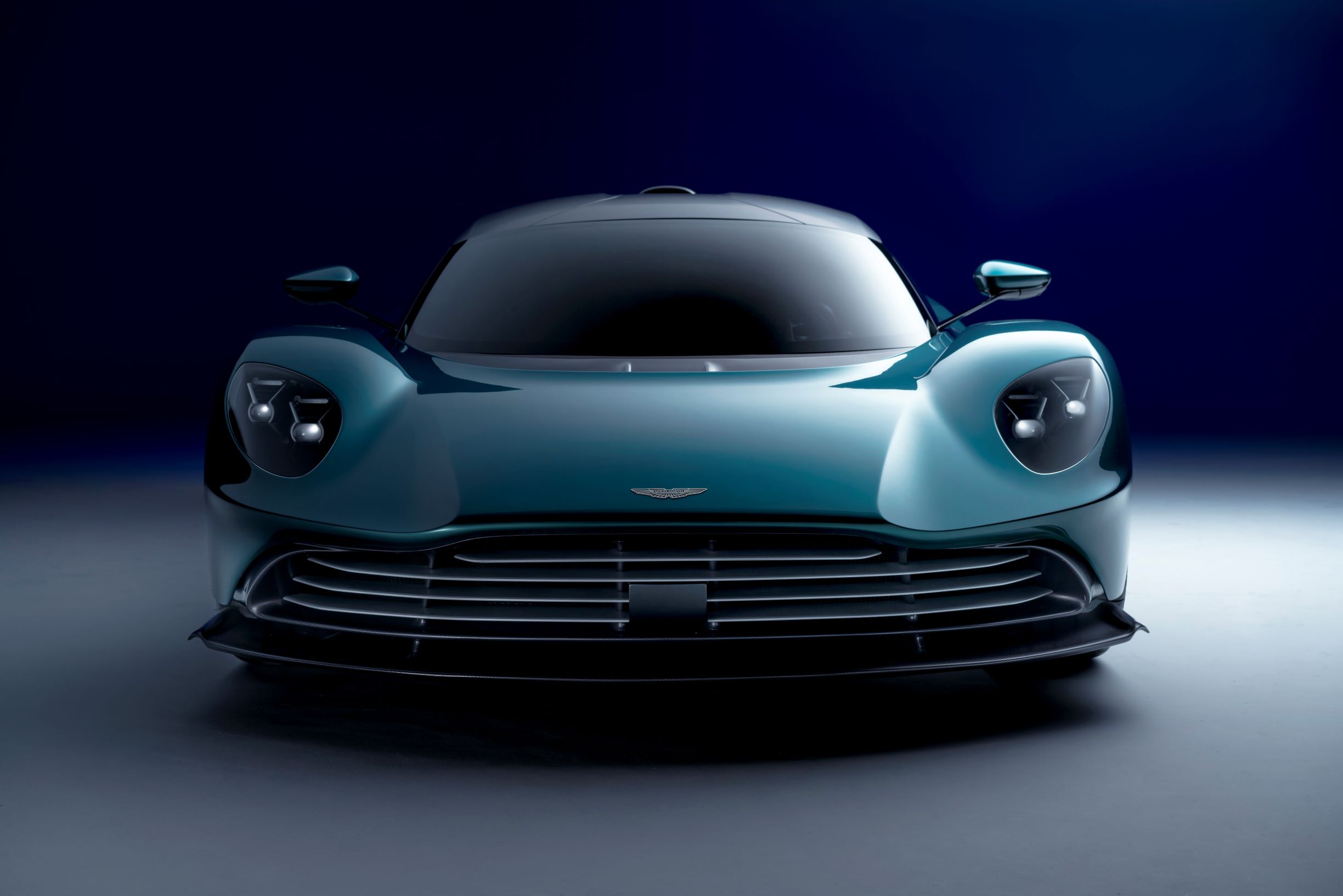
The Valhalla produces an organ-shifting 937 horsepower with a hybrid powerplant comprised of a 4.0-liter twin-turbo V8 and a supplementary 150 kW battery pack connected to a pair of electric motors—one for each axle. Aston Martin’s first eight-speed dual-clutch transmission, featuring a clever weight-saving electric-only reverse gear, completes the powertrain.
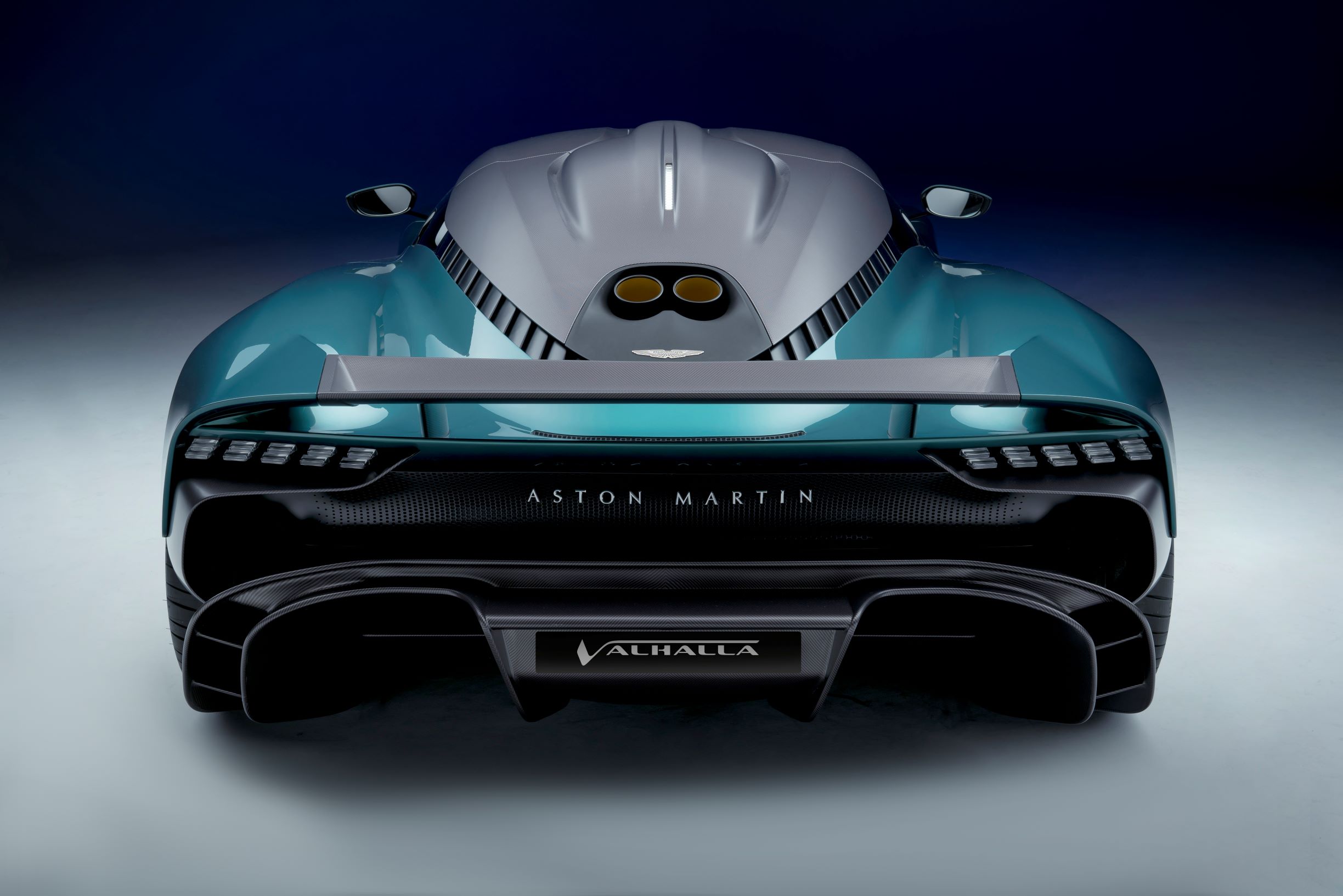
Straight-line performance is brutally impressive, with a top speed of 217 mph and a 60-mph sprint time of 2.5 seconds. But what’s really tantalizing is the Valhalla’s ambition to set the Nurburgring production car lap record at 6:30, besting the reigning Porsche 911 GT2 RS by over 13 seconds.
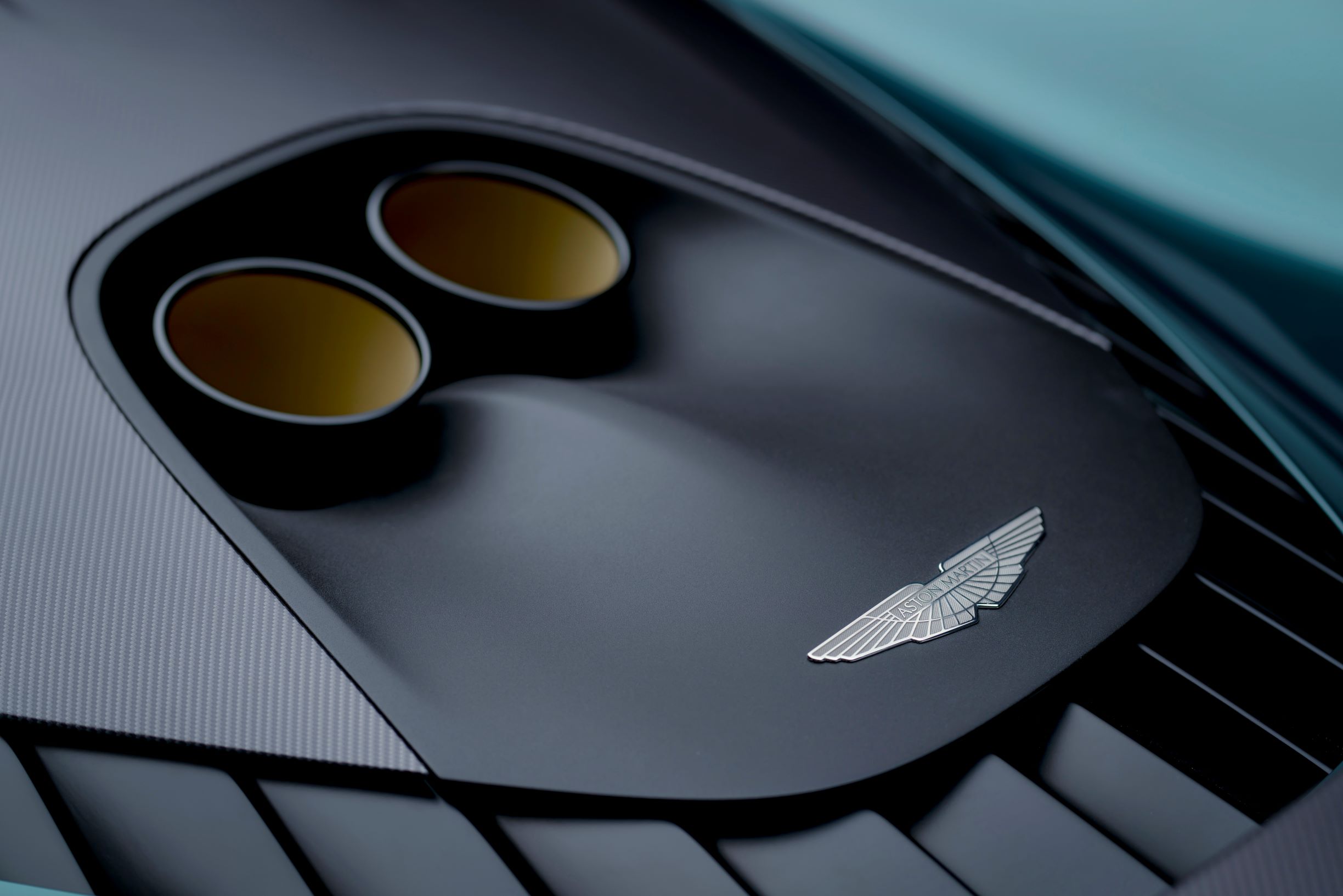
Aston employed a host of racing tech with the hopes of achieving that goal. Crucially, the Valhalla benefits from the same type of F1-style aerodynamic design pioneered by the even more aggressive Valkyrie. Multiple active front surfaces, an active rear wing, and an underbody shaped in wind tunnels work in symphony to create 1,322 pounds of downforce, pushing the 3,417-pound Valhalla into the pavement around corners.
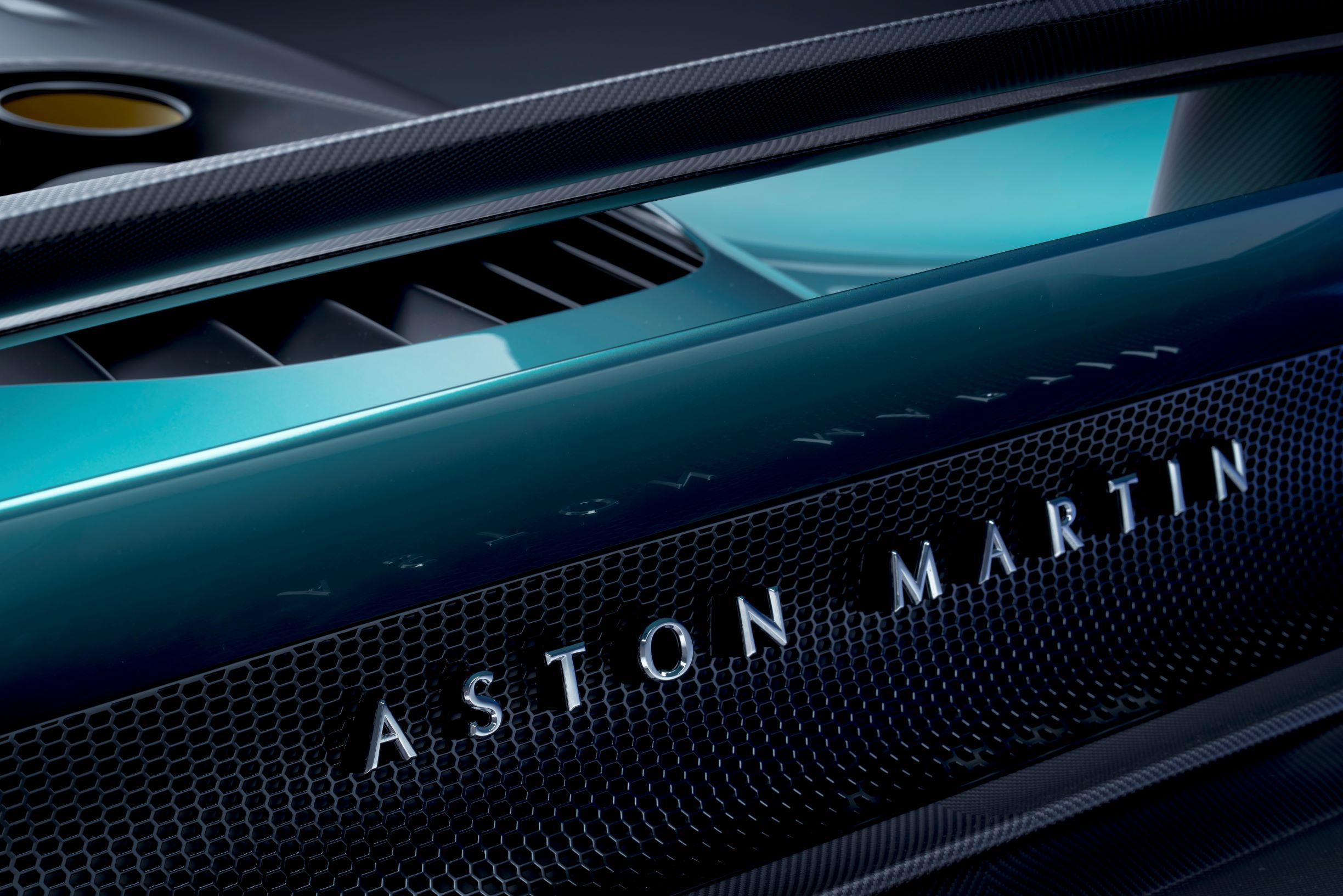
Other hi-po components include an F1-style pushrod suspension, a multilink rear end, a variable spring rate, adaptive damper units, and carbon ceramic brakes. The entire body is built around a stiff carbon fiber tub that maintains its shape, allowing for the suspension loadings to be controlled with precision.
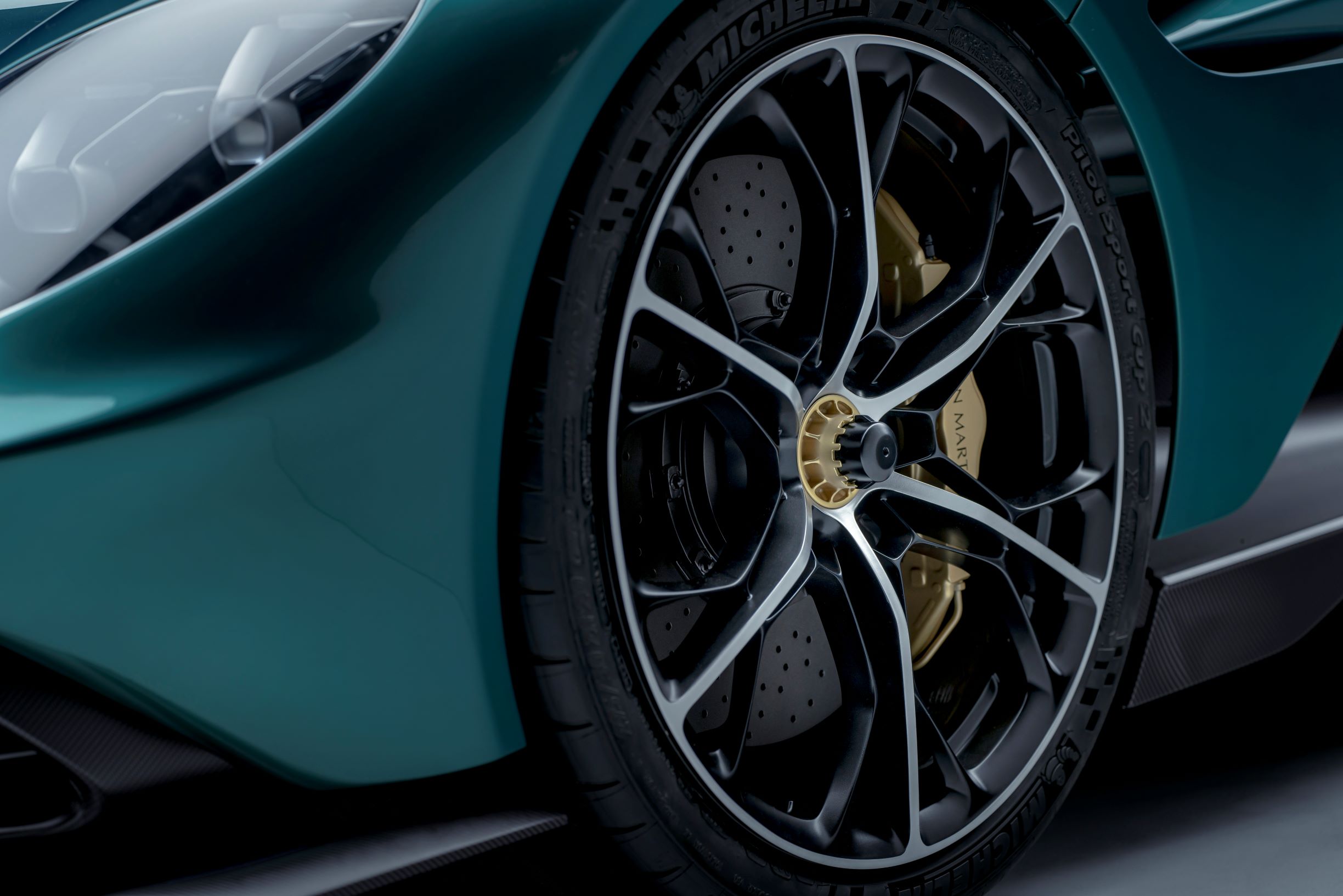
The inside is more spacious than the Valkyrie, though many of its track-focused pieces remain, including a minimalist cockpit design focused around the driver. A new user interface features a central touchscreen display and incorporates Apple CarPlay and Android Auto, while adjustable pedals and steering column enable the seat bases to be fixed to the chassis structure.
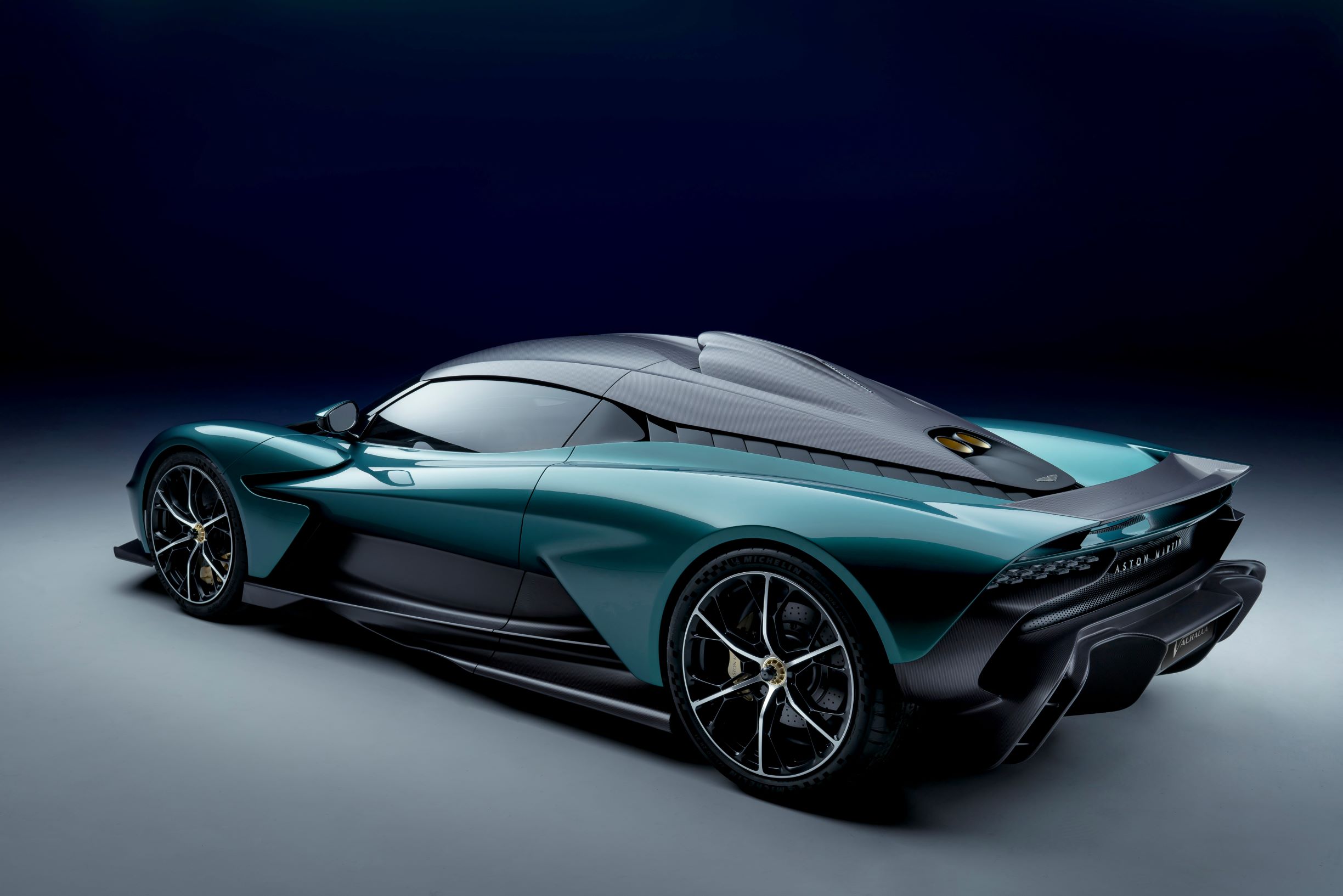
There’s also a suite of driver aids for the streets, including forward collision warning, active cruise control, blind spot monitoring, auto emergency braking, and an optional surround view camera for parking.
Prices haven’t been formally announced, but sources tell Car and Driver to expect something around $800,000. We’ll see the first Aston Martin Valhallas in the wild in 2023.
